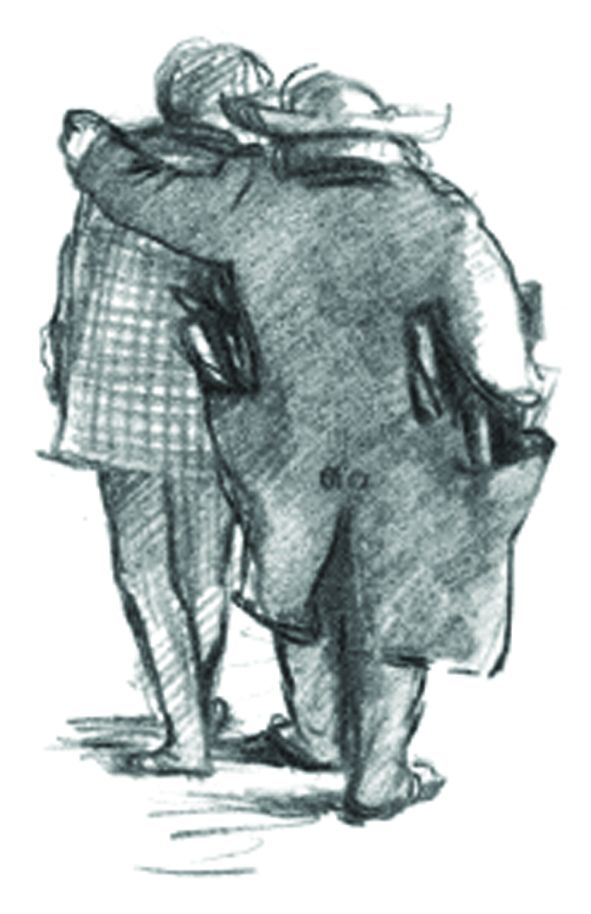Vie de Boheme

How The Bohemian Club Was Formed – part 24 (of 24). The story so far … homeless Parisian artist and musician Alexandre Schaunard has been looking for a change of fortune. He meets a philosopher, Gustave Colline, and later two gentlemen, M. Mouton and M. Rodolphe. Schaunard, forgetting he is homeless, invites everyone back to his lodgings, only to discover Marcel, a new tenant, in occupation. After much confusion they share dinner with Marcel, who next morning invites his new friends to lunch. Marcel eventually invites Schaunard to share his lodgings with him. A further dinner and supper strengthens the bonds of friendship between the four young men …
At the meal’s end, which had a curious solemnity, Rodolphe rose to propose a toast to the future, and Colline answered with a little speech which came from no book, had nothing of fine writing about it, and was delivered in the good, homely jargon of simplicity, which conveys so well what it expresses so badly.
‘What a dolt he is, this philosopher!’ Schaunard muttered with his nose in his glass, ‘he’s making me water my wine!’
After dinner they went to Cafe Momus, where three of them had passed the previous evening. It was from this day onwards that the establishment became uninhabitable for the other customers.
After coffee and liqueurs the Bohemian clan, now definitely founded, returned to Marcel’s lodging, which acquired the name ‘Schaunard’s Elysium’. Whilst Colline went to order his promised supper, the others obtained crackers, rockets and other pyrotechnic pieces. Before sitting down once more at table, they discharged from the window a superb display of fireworks, which turned the whole household topsy-turvy, whilst four friends sang at the tops of their voices: ‘O celebrate, O celebrate, this great day!’
Next morning they again found themselves assembled, but this time displayed no sign of surprise. Before returning each to his business, they lunched frugally together in the Cafe Momus, where they arranged to meet that evening, and where for a long time afterwards they were to forgather assiduously every day.
Such are the principal characters who will reappear in the tales contained in this book, which is not a work of fiction and has no other pretension than that indicated by its title. For these Sketches from Life in Bohemia are indeed only studies of contemporary life, in which the chief characters belong to a class that has hitherto been misjudged, and whose greatest fault is disorder: and, at that, they may offer as their excuse that this very disorder is a necessity that gives them life.
Vie de Bohème by Henry Mürger, a vivid portrait of the ‘Bohemian’ life of the artistic quarter of Paris in the nineteenth century, was originally published (by Michel Lévy) in 1851. The extract above is taken from a translation by Norman Cameron, published by Hamish Hamilton. The illustration is by Dodie Masterman.
Leave a Response
You must be logged in to post a comment.

